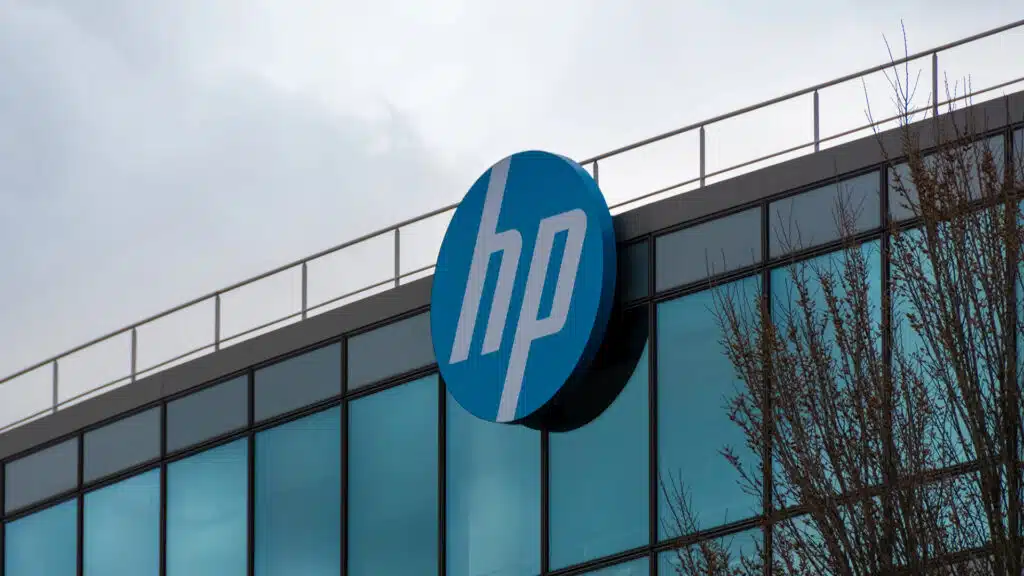The News: Wainhouse Research has released the first part of what is expected to be a three-part series exploring the intersection of workplace communications and the much discussed but ill-defined metaverse. Part One of this Metaverse and Workplace Communications series discusses the history of the metaverse as it is currently conceived and sets a working definition of the metaverse as the foundation for the remainder of the series. You can find part one of The Metaverse and Workplace Communications here.
The Metaverse and Workplace Communications Series: Defining the Metaverse and Looking at Possibilities
Analyst Take: In recent months, the term “the metaverse” has become a buzzword. As with most buzzwords in the tech sector, the reality has quickly been overwhelmed by founders’ ambitions, the messaging of marketing departments searching for relevance in a fickle news cycle, and the unceasing demand for growth by major platform vendors. As I’ve become immersed in this space, I find that the number of wildly different definitions of the metaverse causes more confusion than we can afford when considering significant shifts in how our users consume our products.
This first part in our series will set forth how our team here at Wainhouse Research defines the metaverse in an effort to set a foundation for the rest of our conversation. If, after reading our definition, you disagree, feel free to reach out to us or, at the very least, be aware of our definition as you read the rest of the series and take it into account as you develop your positions.
Disclosure: Wainhouse Research, part of The Futurum Group family of companies, is a research and advisory firm that engages or has engaged in research, analysis, and advisory services with many technology companies, including those mentioned in this article. The author does not hold any equity positions with any company mentioned in this article.
Analysis and opinions expressed herein are specific to the analyst individually and data and other information that might have been provided for validation, not those of Wainhouse Research as a whole.
Other insights from Wainhouse Research:
Webex Calling Announces First Data Center in South America, Expanding Global Presence
Zoho Pushes Further into Unified Communications with the Release of Trident
A Wild Week as Tech Giants Microsoft and Google Reveal AI-Powered Search and Browser Integrations
The original version of this article was first published on Wainhouse Research.
Author Information
Sean is a trusted advisor to and assists industry vendors and enterprises with workplace communications and collaboration strategies, market entry and product assessment, product portfolio analysis, and sales enablement services.
Sean holds a Bachelor of Science in International Business from University of Colorado, Boulder.







